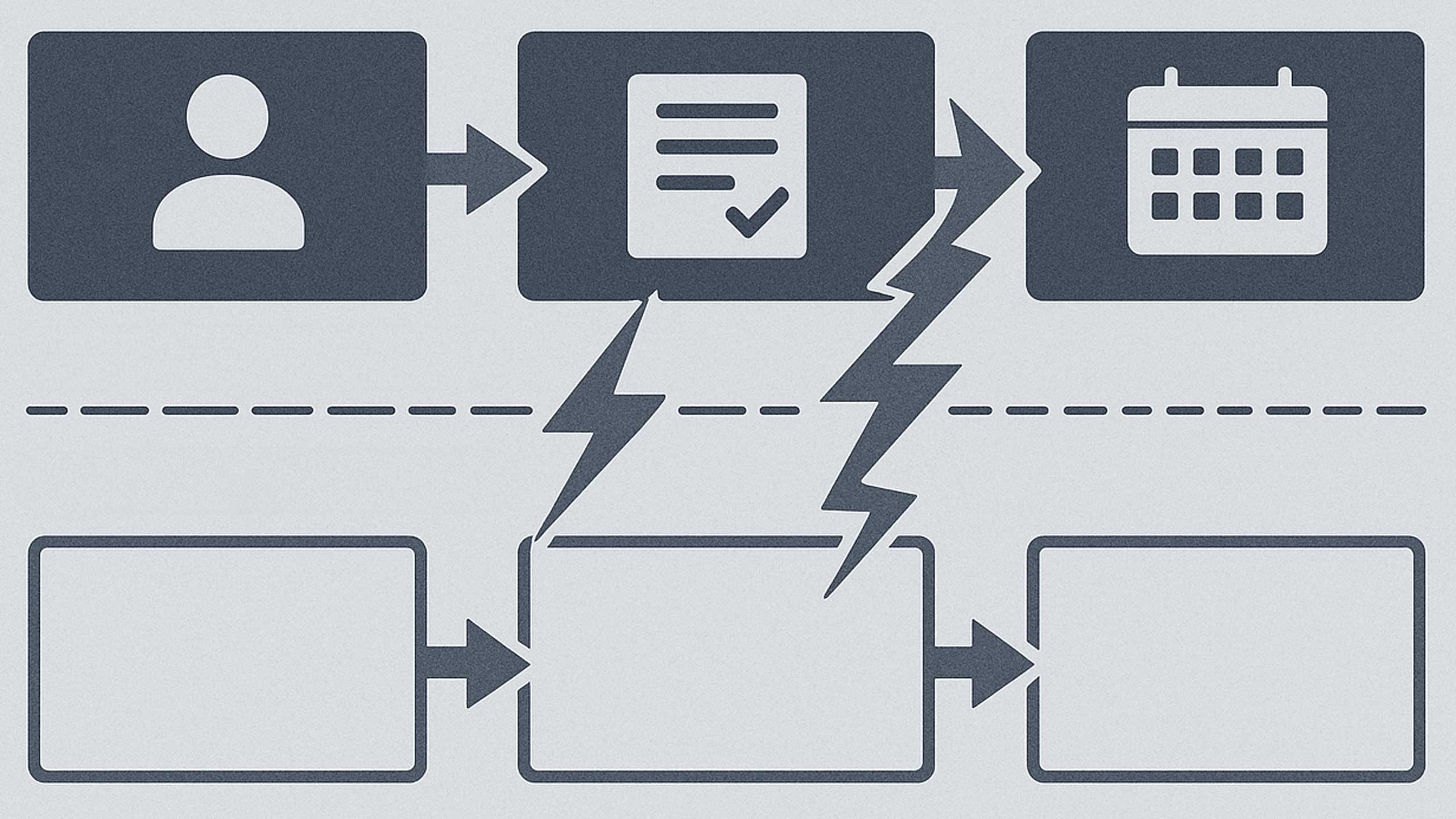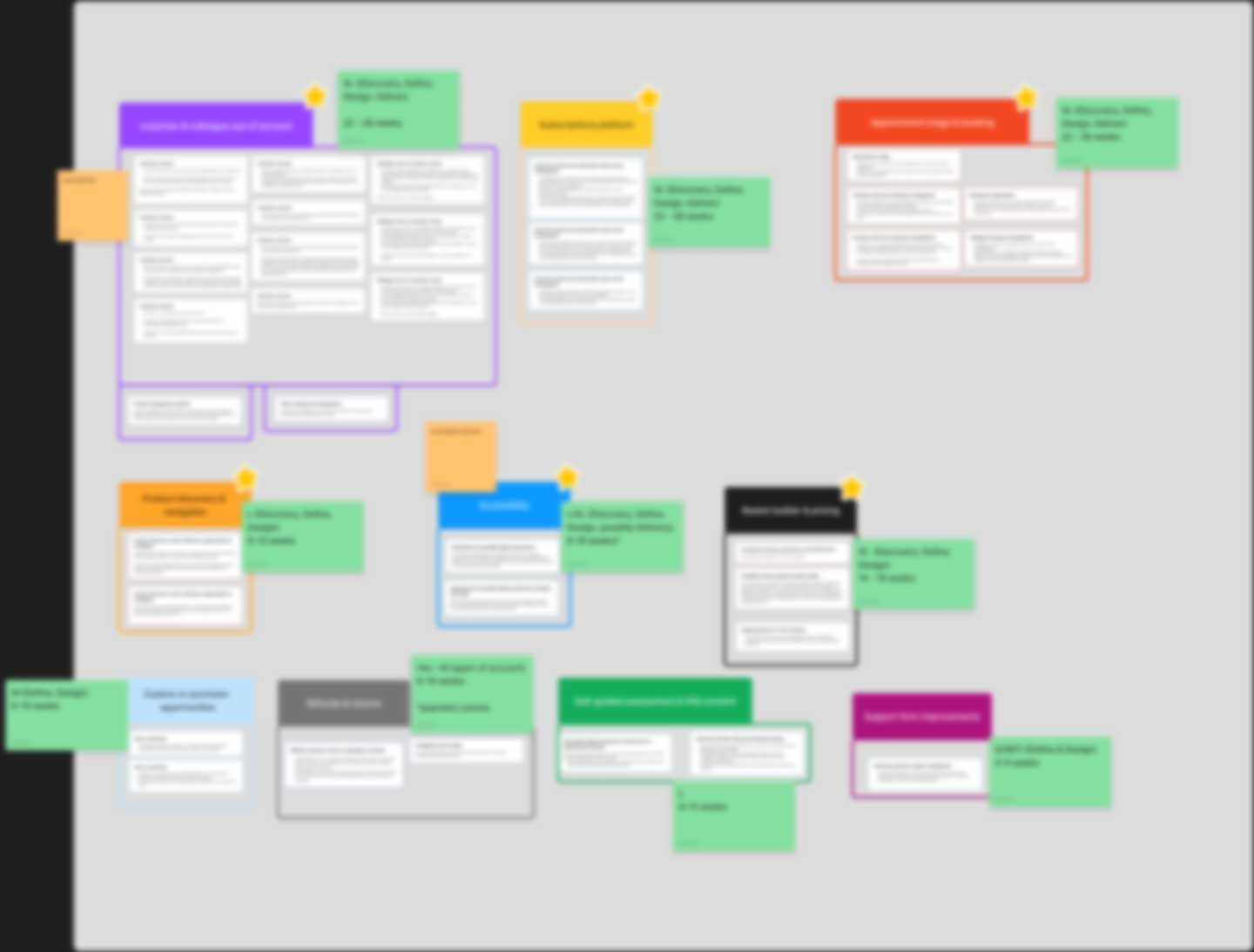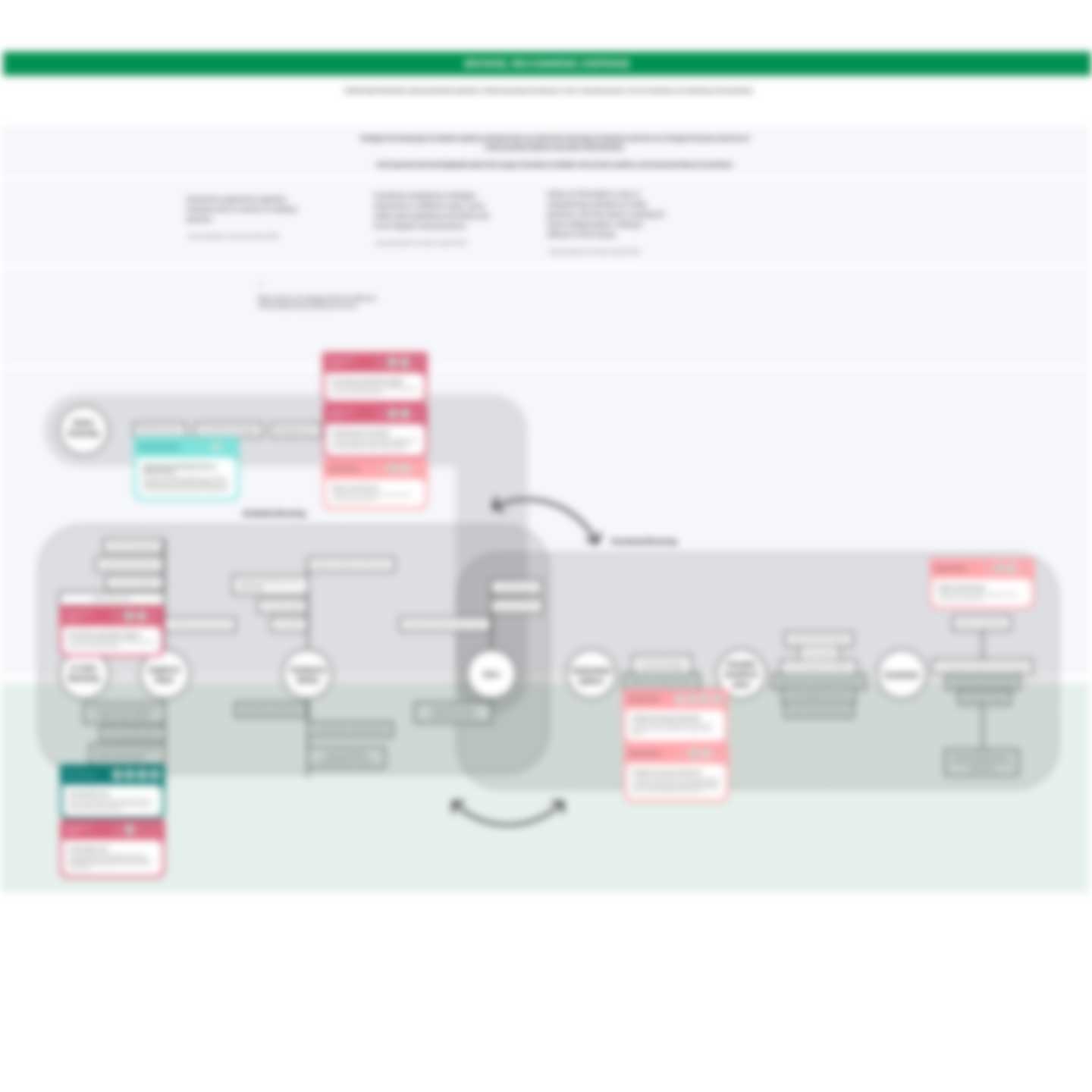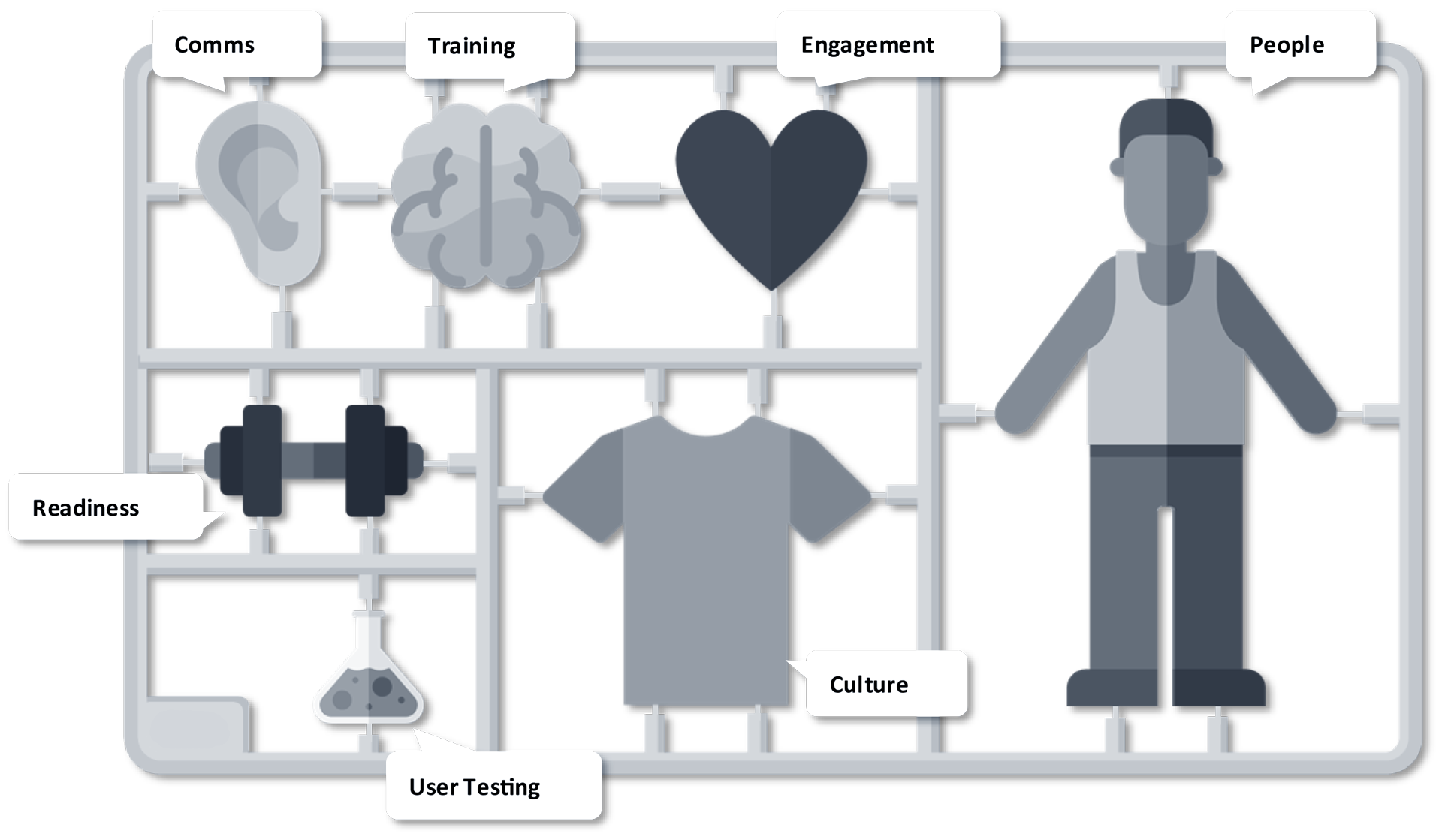Retail Healthcare Company
From Siloed Journeys to a Shared Service Vision
Reframing digital transformation as a blended customer and colleague experience
Need the client version?
Request full case
Client: Confidential UK-based healthcare & retail provider
Agency: VML London
My Role: Service Design Director
Scope: CX Strategy, Service Design, Journey Architecture, Operating Model
Engagement Type: Embedded strategic lead in enterprise-wide transformation programme
In Brief
- Fragmented journeys were costing customers and staff.
- No one owned the full experience across teams.
- We rebuilt the programme around outcomes and service logic.
- A new blended system gave teams a single way to deliver.
- The business moved from complexity to clarity.
1. Challenge
Fragmented journeys were costing customers and staff.
The company had strong digital traffic and busy stores, but the experience fell apart between them. 97% of transactions still happened offline.
Customers were frustrated. Staff worked in silos. No one had the full picture. Strategy lived in one place, delivery in another. The brand looked good on paper, but the actual experience didn’t match.

Over 50 million customers
connected online each year
Yet 97%
completed their transactions in-store.
2. Insight
No one owned the full experience across teams.
The issue wasn’t digital. It was fragmentation. There was no shared view of the journeys. No common language between teams.
Everyone focused on single features, not full flows. Tech teams kept building. Operations kept patching. Frontline staff had no idea where customers were in the process. The transformation programme had started, but it was stalling under its own complexity.

“Everyone was delivering something. No one owned the journey.”
3. Change
We rebuilt the programme around outcomes and service logic.
I was brought in to reset the approach. As Service Design Director, I shifted the programme from a theoretical model to an iterative service design framework to deliver business outcomes.
We worked out 13 key outcomes that mattered to customers and employees. Then we mapped the full blended journey across online and in-store moments. We set design principles and a shared operating model that teams could use to build from.


4. Delivery
A new blended system gave teams a single way to deliver.
We introduced phased delivery models. Built modular blueprints across booking, order tracking, clinical steps, and aftercare.
Worked with teams across digital, retail, clinical, and ops to co-create the system. Designed a service playbook and onboarding toolkit so it could scale without depending on external teams.
The result was a working framework for real delivery.

5. Impact
The business moved from complexity to clarity.
The work brought the brand promise closer to the real customer and employee experience, giving teams something to build from.
While exact results are confidential, these are the expected outcomes based on the current scope and early delivery focus:
· Faster appointment booking
· Fewer customer drop-offs
· Higher staff confidence
· Shared journey language used across teams
The programme launched in Q1 2025 and is ongoing, with delivery planned over multiple years. The big win: the business moved from vision paralysis to scalable clarity. This wasn’t a strategy deck, but a system built to deliver.

Want the real version?
Includes named client, service blueprints, and delivery system details. Get in touch to access it.
Ale
